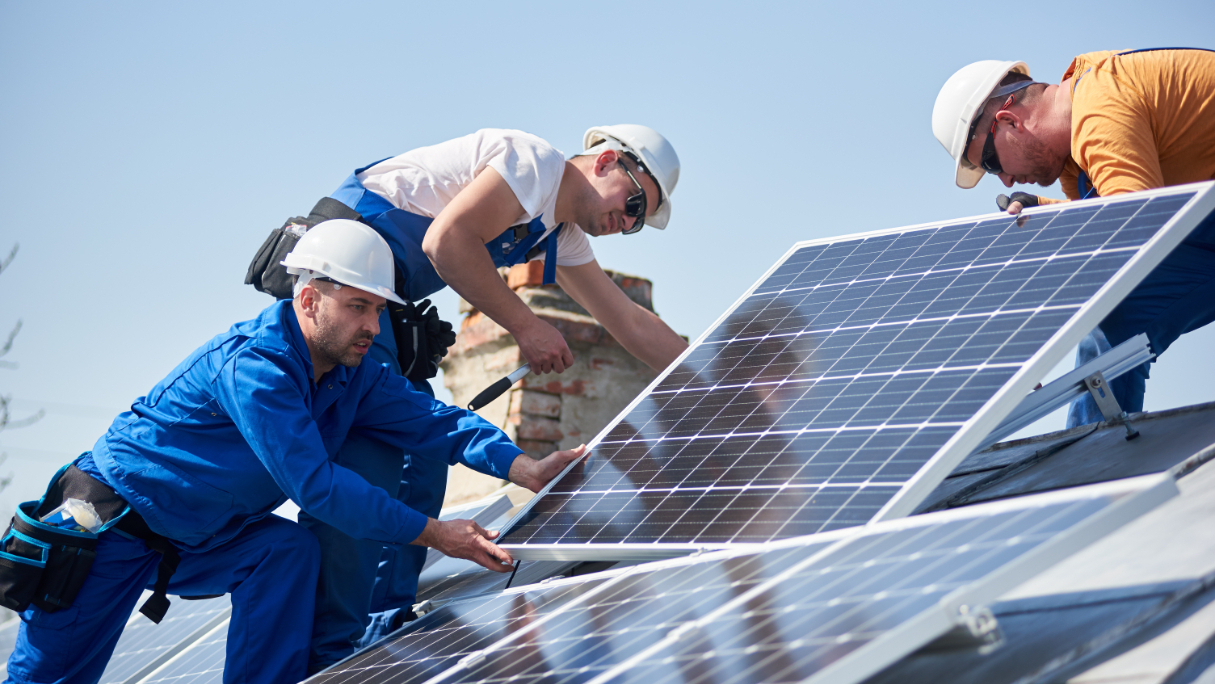
Electronics companies to accelerate decarbonization of solar panel production
The Global Electronics Council (GEC) has announced new standards and rules for the decarbonisation of the supply chain for solar panel production.
The newly introduced criteria are the first by a global ecolabel to set thresholds on the embodied carbon in photovoltaics and will be a requirement for achieving the EPEAT ecolabel designation for PV modules, said the non-profit organization founded to promote sustainable electronics.
“While renewable energy is essential in the transition to the green economy, we must also consider the underlying infrastructure’s contribution to climate change,” explained Bob Mitchell, CEO of GEC.
“The market needs a trusted methodology to evaluate the carbon emissions of solar panels during production in order to make informed purchasing decisions," he added.
Net zero impact
Solar installations are designed to have a net zero impact in their generation of electricity. However, the embodied carbon in solar panels may vary greatly depending on the supply chain used to manufacture them.
“Not all solar technology is created equal, and the new Ultra-Low Carbon Solar criteria establish an important framework with which to evaluate the embodied carbon in solar panels,” said Samantha Sloan, VP of Global Policy, Sustainability and Marketing at First Solar.
She stressed that “this important initiative not only acknowledges solar technology’s carbon footprint, but it also creates a tool for solar project developers and asset owners to enable their net-zero carbon goals by selecting solar technologies that align with their net-zero ambitions.”
New standards
The criteria focus on measuring and reducing what is known as Scope 3 carbon emissions or the carbon generated in the design, material sourcing, and manufacture of these products.
Highlighting the importance of these reductions, Jen Snook, deputy director at the Clean Energy Buyers Institute, said: “As we make strides towards a carbon-free grid, the ecolabel for solar modules gives energy customers an actionable tool to drive decarbonization within their solar supply chain."
The GEC expects to launch its public registry of solar panels that meet the new criteria in late September.
Solar panel manufacturers interested in registering their products against the new criteria, which includes an independent, third-party product review, should begin the process as soon as possible, the group said.
“We are excited to see GEC take this important next step of publishing the low-carbon criteria they are incorporating into the EPEAT ecolabel for PV,” said Michael Parr, executive director of the Ultra Low-Carbon Solar Alliance.
“We appreciate the high level of transparency in the criteria and the fact that calculations have to be reviewed twice – by lifecycle experts and a GEC conformance assurance body.”




